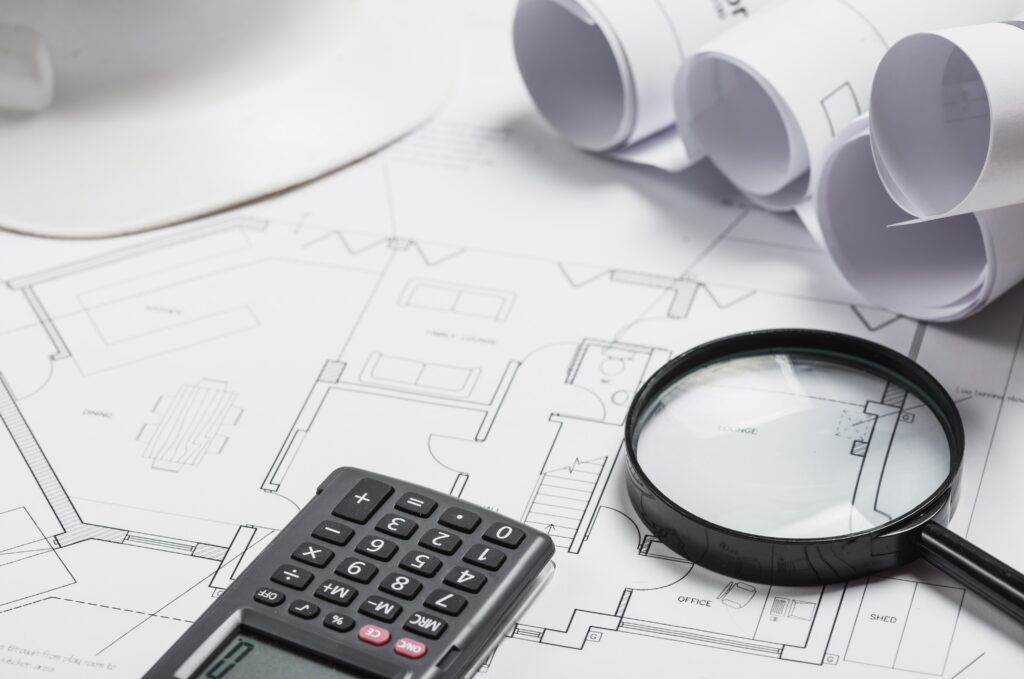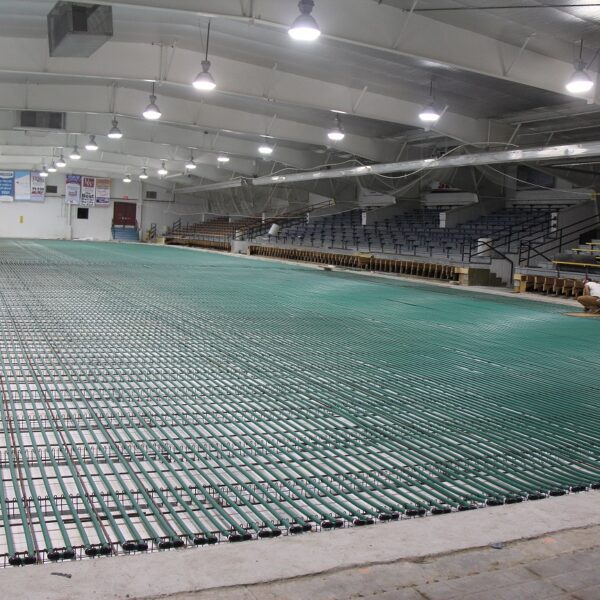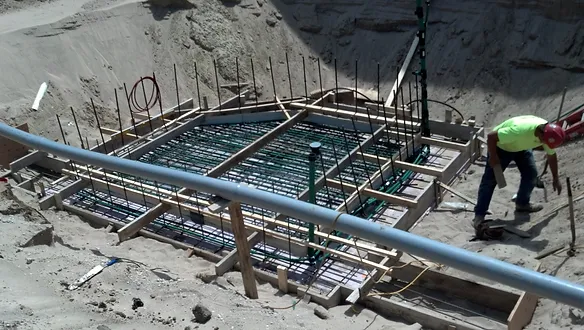Facility Audit
- Home
- Our Services
- Audit Services
- Facility Audit
Facility Audit
An energy audit is the key to a systematic approach to decision-making in the area of energy management. The primary function of an energy audit is to identify all of the energy streams in a facility in order to balance total energy input with energy use. The four main objectives of an energy audit are as follows:
To establish an energy consumption baseline;
To quantify energy usage according to its discrete functions;
To benchmark with similar facilities under similar weather conditions; and
To identify existing energy cost reduction opportunities.
Energy audits vary in depth, depending on the potential at a specific site for energy and cost reductions and the project parameters set by the client. As per ASHRAE (American Society of Heating, Refrigerating and Air-Conditioning Engineers) standards there are three types of audits, outlined below.
ASHRAE Level 1 – Walk-Through Analysis/Preliminary Audit The Level 1 audit alternatively is called a simple audit, screening audit or walk-through audit and is the most basic. It involves minimal interviews with site operating personnel, a brief review of facility utility bills and other operating data, and a walk-through of the facility, all geared toward the identification of glaring areas of energy waste or inefficiency. The data compiled is then used for the preliminary energy use analysis and a report detailing low-cost/no-cost measures and potential capital improvements for further study. Typically, a Level 1 audit will only uncover major problem areas. Corrective measures are briefly described, and quick estimates of implementation costs, potential operating cost savings, and simple payback periods are provided. This level of detail, while not sufficient for reaching a final decision on implementing proposed measures, is adequate to prioritize energy efficiency projects and to assess the need for a more detailed audit.ASHRAE Level 2 – Energy Survey and Analysis A Level 2 audit includes the preliminary ASHRAE Level 1 analysis, but also includes more detailed energy calculations and financial analysis of proposed energy efficiency measures. The financial analysis or Life Cycle Cost Analysis provides the facility owner with comprehensive understanding of the financial benefits of implementing specific energy efficiency measures. Utility bills are collected for a 24 to 36 month period to allow the auditor to evaluate the facility’s energy/demand rate structures and energy usage profiles. This type of audit identifies all energy conservation measures appropriate for the facility given its operating parameters. A detailed financial analysis is performed for each measure based on implementation cost estimates, site-specific operating cost savings, and the customer’s investment criteria. Sufficient detail is provided to justify project implementation.



ASHRAE Level 3 – Detailed Analysis of Capital Intensive Modifications This level of engineering analysis focuses on the potential capital-intensive projects identified in the Level 2 analysis and involves more detailed field data gathering as well as a more rigorous engineering analysis. It provides detailed project cost and savings calculations with the high level of confidence required for major capital investment decisions. This audit alternatively is called a comprehensive audit, detailed audit, or technical analysis audit. It expands on the Level 2 audit by providing a dynamic model of energy use characteristics of both the existing facility and all energy conservation measures identified. The building model is calibrated using actual utility data to provide a realistic baseline against which to compute operating savings for proposed measures. Extensive attention is given to understanding not only the operating characteristics of all energy consuming systems, but also the situations that cause load profile variations on both an annual and a daily basis. Existing utility data is supplemented with sub-metering of major energy consuming systems and monitoring of system operating characteristics. The table below summarizes each level. Type of Audit Brief Description Level 1 Brief on-site survey of the building Savings and cost analysis of low-cost/no-cost Energy Conservation Measures (ECMs) Identification of potential capital improvements meriting further consideration Level 2 More detailed building survey Breakdown of energy use Savings and cost analysis of all ECMs Identification of ECMs requiring more thorough data collection and analysis (Level 3) Level 3 Attention to capital-intensive projects identified during the Level 2 audit More detailed field analysis More rigorous engineering analysis Cost and savings calculations with a high level of accuracy Before beginning an energy audit for a building or portfolio of buildings, a preliminary energy use analysis must be carried out. This analysis requires access to energy and natural gas consumption and cost data for the last 24-36 months. The purpose of this analysis is to compare the Energy Usage Index (EUI) of each building with the national average and to identify both high and low energy performers. Once the analysis is completed a recommendation is made as to which buildings should be audited first and the type of audits to be carried out. Completing an energy audit of a facility provides an organization with customized energy conservation measures designed to ensure significant energy savings as well as CO2 emissions reductions.







